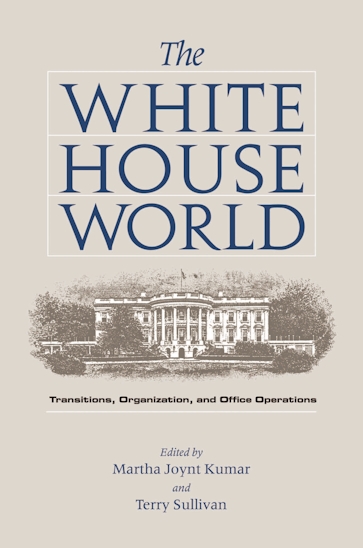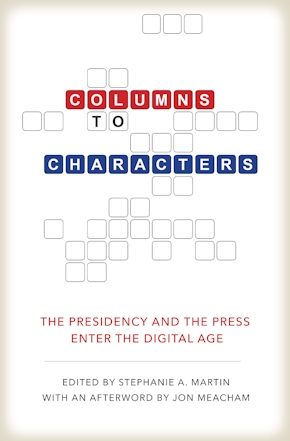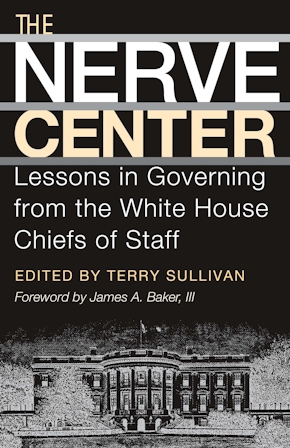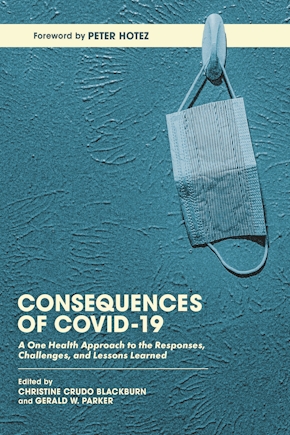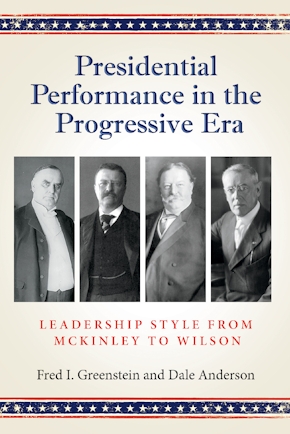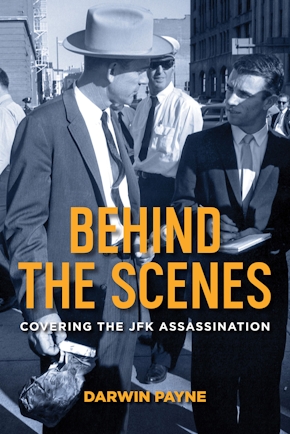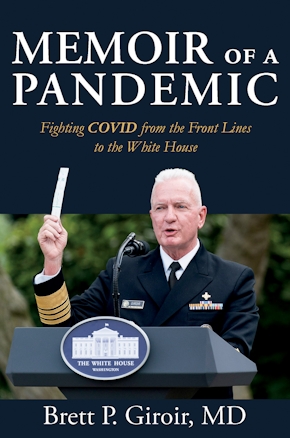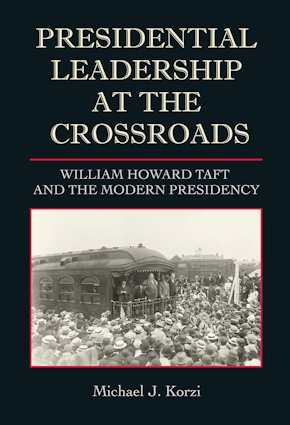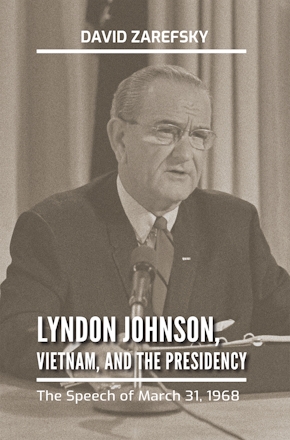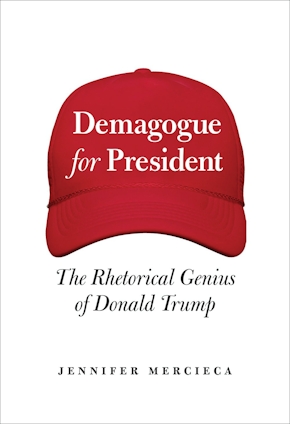The White House World
Transitions, Organization, and Office Operations
978-1-58544-223-2 Cloth
6.12 x 9.25 x 0 in
432 pp. 24 figs.
Pub Date: 02/14/2003
Available
With information covering six administrations and interviews with seventy-five former senior White House officials as well as with President Gerald Ford, the White House Interview Program proved an important resource for the new occupants of the West Wing.
The White House World gathers and digests our material provided to incoming White House staff. Its individual chapters contain a veritable “how to” manual: information on the dynamics of White House operations; the functions of seven critical White House offices; and the actual transition of President Bush.
This unique volume describes what it is like to work in the White House—details known to few working outside Pennsylvania Avenue. It also features organization charts for the offices analyzed, the first comprehensive look at how different administrations have structured these offices. Plus, in a final section, scholars and Bush Administration insiders provide brief views of George W. Bush’s unique transition into office.
In addition to Professors Kumar and Sullivan, scholars contributing to the volume include: Peri E. Arnold, MaryAnne Borrelli, John P. Burke, George C. Edwards III, John Fortier, Karen Hult, Nancy Kassop, John H. Kessel, G. Calvin Mackenzie, Norman Ornstein, Bradley H. Patterson, Jr., James P. Pfiffner, Kathryn Dunn Tenpas, Charles Walcott, Shirley Anne Warshaw, Stephen J. Wayne. In the section on the Bush transition, we also have an essay by a transition insider. Clay Johnson, Executive Director of the Bush-Cheney Transition and now director of the White House Office of Presidential Personnel, provides a perspective on the transition of one who was there and involved in decisions relating to the start up of the administration.
For those interested in the functioning of the Presidency—whether political actors, interested observers, or scholars-this book is a must-have. It tells the real story of who does what, who knows what, and how selected White House offices function.
Joseph V. Hughes Jr. and Holly O. Hughes Series on the Presidency and Leadership
About the Author
Reviews
Published by Texas A&M University Press
